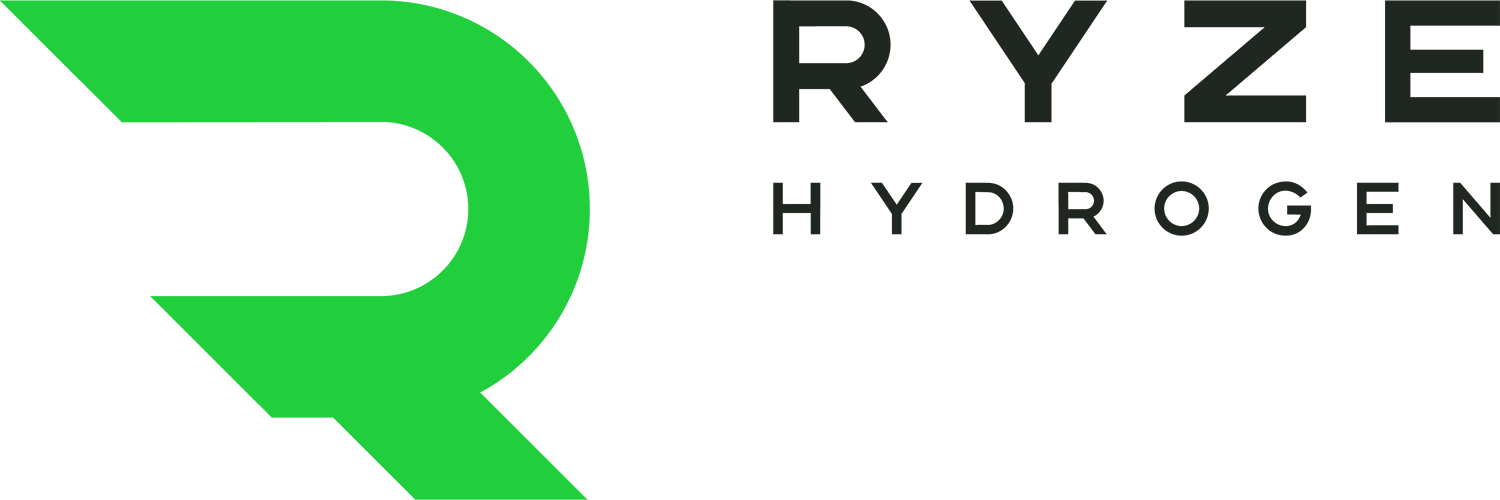The Chinese city of Zhangjiakou will use 655 hydrogen-fuelled buses to transport athletes and visitors around the competition zone at next February’s Winter Olympics, according to the state-backed Xinhua News Agency.
Zhangjiakou, which is co-hosting the event with Beijing, will be hosting events including Alpine skiing and snowboarding.
The city is a renewable energy demonstration zone and has government-backed ambitions to turn itself into a centre for hydrogen energy. Four green hydrogen projects are already sited there, including a 20 MW electrolyser joint venture with Shell.
In 2019 the city targeted establishing annual hydrogen production capacity of 100,000 tonnes, or 27.4 tonnes per day, before the Winter Olympics Games kick off on Feb. 4.
Beijing’s 2022 Winter Olympics follows in the wake of Tokyo 2020’s summer Games (which actually took place in 2021) that were dubbed the Hydrogen Olympics by some due to the country’s extensive plans for powering the event with the clean fuel, including hydrogen-fuelled buses and cars, a building in the Olympic Village, and even the Olympic torch.
China has an advantage in the hydrogen virtue signalling stakes in that, even 6 months later, both technology and projects to produce hydrogen have moved on (not to mention the easing of restrictions around the pandemic), meaning that it can deploy a much larger fleet of hydrogen vehicles than Japan did over the summer. Although, its ambitions for hydrogen at the Games beyond transport are limited.
Yet, while we welcome China’s use of such a major platform to publicise the growing maturity of hydrogen technology, it is important to stress that hydrogen is not only tomorrow’s solution to decarbonisation and climate change; it is also today’s.
In the UK, Wrightbus, manufacturer of the world’s first hydrogen-fuelled double-decker buses, has already stopped more than one million kilograms of planet-warming carbon dioxide being released into the atmosphere with its fleet of vehicles that would otherwise be running on diesel.
If Wrightbus were to produce 3,000 zero-emission buses by 2024, including its two models of hydrogen-powered vehicle, the Streetdeck Hydroliner FCEV and the GB Kite Hydroliner FCEV (its double- and single-deck hydrogen buses, respectively), it would account for 10% of the UK’s fleet.
The technology is here today. All that is needed is the right official support to speed the transformation of the UK’s public-transport system into one of the cleanest in the world.
Without these sort of aspirations we’re all skating on thin ice.
For more about Ryze Hydrogen click here.





